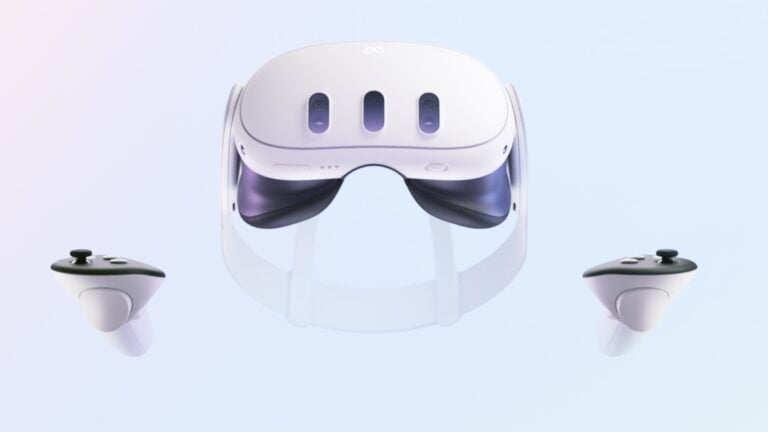Meta’s recent updates to its Quest VR headsets have been a subject of much attention, especially with the introduction of a feature allowing users to use the device while lying down. However, this feature, initially available on the Quest 2 and Quest Pro, faced a delay for the Quest 3, and the reasons behind this have now been clarified by Meta’s team.
The Delay in Feature Deployment
The lying down feature was a much-awaited addition to the Quest 3, intended to enhance user comfort by allowing media playback and interaction with stationary VR apps in a reclining position. Despite its popularity on earlier models, its introduction to Quest 3 was not as swift as expected.
According to Meta’s Chief Technology Officer Andrew Bosworth, the delay was due to necessary adjustments in the Quest 3’s Guardian system. The new system, dubbed Smart Guardian, involves more advanced environment scanning technologies that ensure user safety by delineating a play area that dynamically adjusts to real-world obstacles, like furniture.
Bosworth explained that integrating this feature required additional refinements to ensure it did not compromise the headset’s safety protocols. The modifications were essential to accommodate the new depth sensors and the enhanced Guardian system of the Quest 3, which are more sophisticated than those in its predecessors.
Implementation and User Experience
The lying down mode on Quest 3 allows users to engage with VR in a more relaxed posture, making it ideal for watching movies or using meditation apps. This feature can be activated through the experimental settings in the headset’s menu, offering a new level of comfort and flexibility in how VR can be enjoyed.
Meta’s efforts to roll out this feature underscore their commitment to improving user experience while maintaining safety. The delay, although frustrating for eager users, was a necessary step to ensure the feature integrated seamlessly with the existing capabilities of the Quest 3, enhancing rather than hindering the device’s functionality.
Future Expectations
With the issue now resolved and the feature being rolled out, Quest 3 users can look forward to a more versatile use of their headsets. Meta’s proactive approach to addressing user feedback and continuously updating their systems is indicative of their commitment to evolving the VR experience.
As VR technology progresses, such updates and feature introductions are likely to become more frequent, continuously shaping the landscape of virtual interaction. For users of Meta Quest 3, the introduction of the lying down mode is just one example of how their feedback and usage can influence future developments in VR technology.
